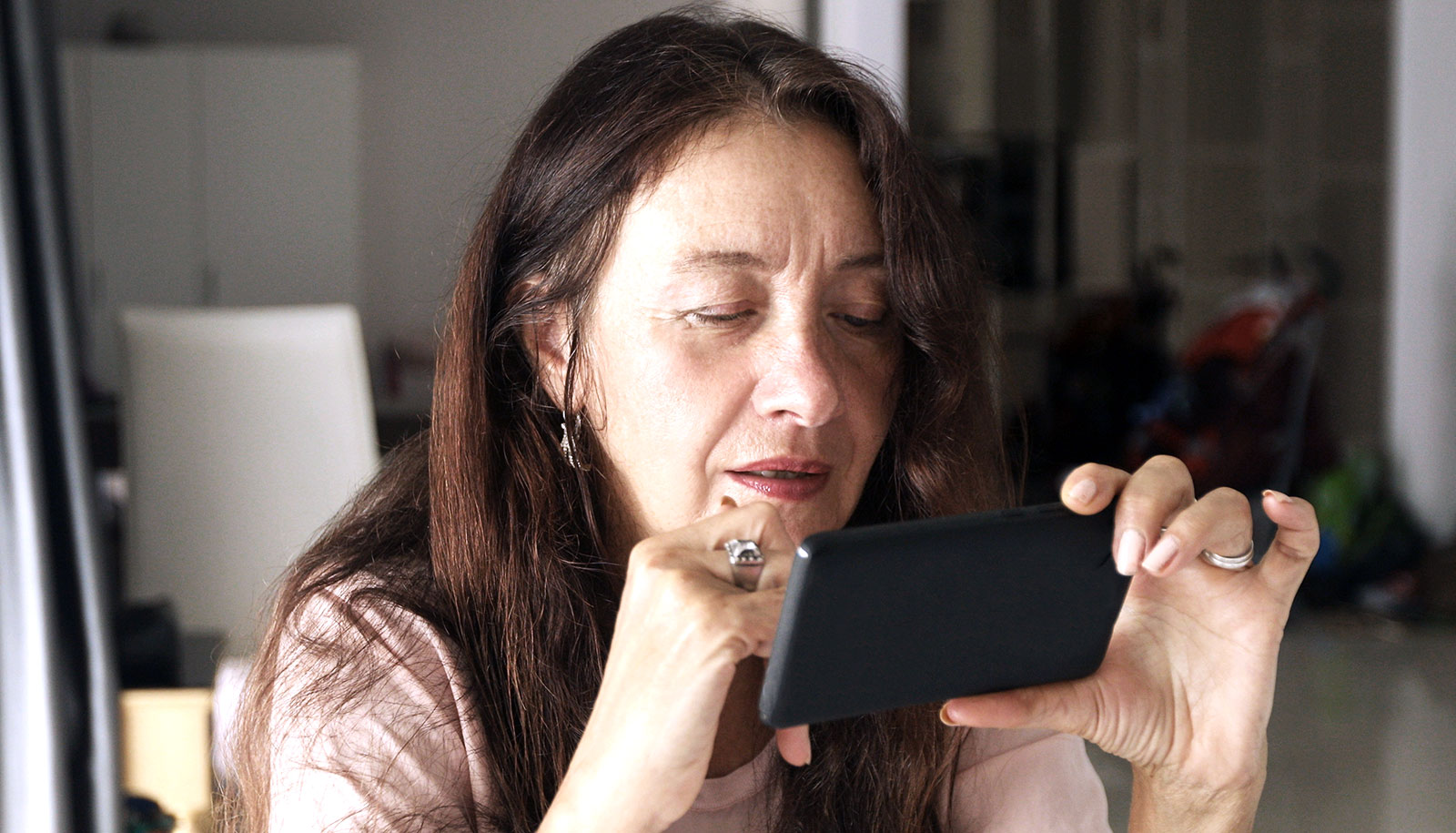While partisan users form highly partisan social networks on Twitter, moderate users—or those less politically engaged—continue to avoid politics, potentially creating a void on social media.
“We are not necessarily getting farther and farther apart—it’s just the people in the middle are becoming more quiet and withdrawn,” says Michael Kearney, an assistant professor at the Missouri School of Journalism.
“If you fail to consider all the people in the middle who do not care about politics as much, it seems like there is a more clear division when there is not, so social media might be artificially creating this sense that we are becoming more polarized.”
Kearney found that rather than increasing exposure to diverse viewpoints or sheltering users with self-reinforcing filter bubbles, social media simply amplifies and reflects the trends found in broader media environments. To examine change in real-time behaviors of political polarization, researchers looked at who Twitter users choose to follow during a general election.
Using software that he created, Kearney examined the user networks of 3,000 random followers of well-known partisan and entertainment-oriented accounts. He collected data over six months leading up to the 2016 general election, beginning shortly after Hillary Clinton and Donald Trump became the two major party nominees.
Kearney found that as the election drew nearer, Democrats followed more Democrats, Republicans followed more Republicans, and moderates did not greatly expand who they followed on either political side.
“Whenever using Twitter or any type of social media, it is important to double check and validate the information you are receiving,” Kearney says.
“Twitter allows us to connect with a lot of people and gain access to information, but users should not assume that the information is representative or an accurate reflection of the public.”
The study appears in New Media & Society.
Source: University of Missouri



